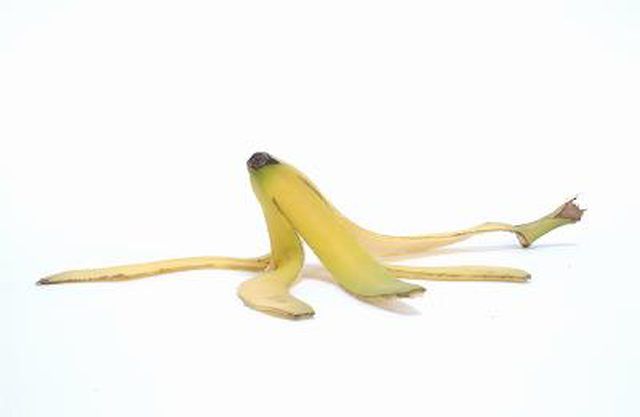Bulbs
Flower Basics
Flower Beds & Specialty Gardens
Flower Garden
Garden Furniture
Garden Gnomes
Garden Seeds
Garden Sheds
Garden Statues
Garden Tools & Supplies
Gardening Basics
Green & Organic
Groundcovers & Vines
Growing Annuals
Growing Basil
Growing Beans
Growing Berries
Growing Blueberries
Growing Cactus
Growing Corn
Growing Cotton
Growing Edibles
Growing Flowers
Growing Garlic
Growing Grapes
Growing Grass
Growing Herbs
Growing Jasmine
Growing Mint
Growing Mushrooms
Orchids
Growing Peanuts
Growing Perennials
Growing Plants
Growing Rosemary
Growing Roses
Growing Strawberries
Growing Sunflowers
Growing Thyme
Growing Tomatoes
Growing Tulips
Growing Vegetables
Herb Basics
Herb Garden
Indoor Growing
Landscaping Basics
Landscaping Patios
Landscaping Plants
Landscaping Shrubs
Landscaping Trees
Landscaping Walks & Pathways
Lawn Basics
Lawn Maintenance
Lawn Mowers
Lawn Ornaments
Lawn Planting
Lawn Tools
Outdoor Growing
Overall Landscape Planning
Pests, Weeds & Problems
Plant Basics
Rock Garden
Rose Garden
Shrubs
Soil
Specialty Gardens
Trees
Vegetable Garden
Yard Maintenance
How to Dry Banana Peels for Fertilizer
How to Dry Banana Peels for Fertilizer. All plants require nutrients to thrive, which many gardener supply in the form of a fertilizer. While there are many commercial fertilizers, some organic items, such as banana peels, provide the same nutrients. According to the Orland Sentinel, banana peels provide 40 percent potassium and 3 percent...

All plants require nutrients to thrive, which many gardener supply in the form of a fertilizer. While there are many commercial fertilizers, some organic items, such as banana peels, provide the same nutrients. According to the Orland Sentinel, banana peels provide 40 percent potassium and 3 percent phosphorus to plants when incorporated into the soil. Drying banana peels creates a dry fertilizer that stores much longer than fresh peels, which can mold.
Things You'll Need
Bricks or cinder blocks
Window screens
Banana peels
Food processor
Air-tight container
Monitor the weather report for a period of three to four days when outdoor temperatures are 86 degrees Fahrenheit or warmer. Slightly windy days with humidity below 60 percent will speed the drying process.
Locate an outdoor location that is in full sunlight for at least six hours of the day and place four bricks or cinder blocks in the area, arranging them in a square.
Place a window screen on top of the blocks so it is elevated. Use a screen with fiberglass mesh instead of metal.
Pull open the banana peels so you have single long strips. Lay the peels on top of the screen so none of them are touching.
Lay another screen on top of the peels to prevent birds and other animals from dragging them off. Leave the peels in place until nightfall.
Pick up the screens and move them to an indoor location at night, since the cooler temperatures may result in condensation that slows down the drying.
Move the screens and banana peels back outside the next morning. Repeat the process until the peels are completely dry, which takes three to four days.
Once the peels are dry, place the peels into a food processor and grind them up into small pieces. Store the ground peels in an air-tight container until ready to fertilize plants.
Tips & Warnings
You can also dry the peels in an oven set to a temperature of 160 degrees Fahrenheit for 30 minutes.
You need approximately 5 pounds of dried banana peels for every 100 square feet of soil to see benefits in plants.